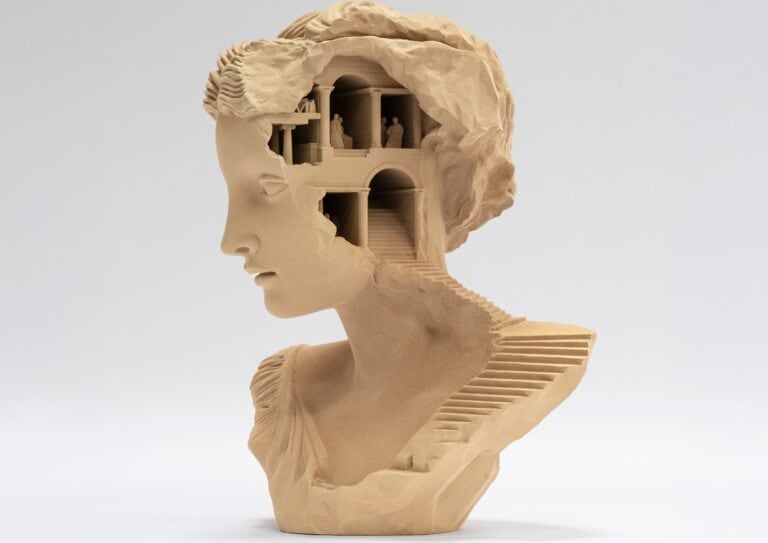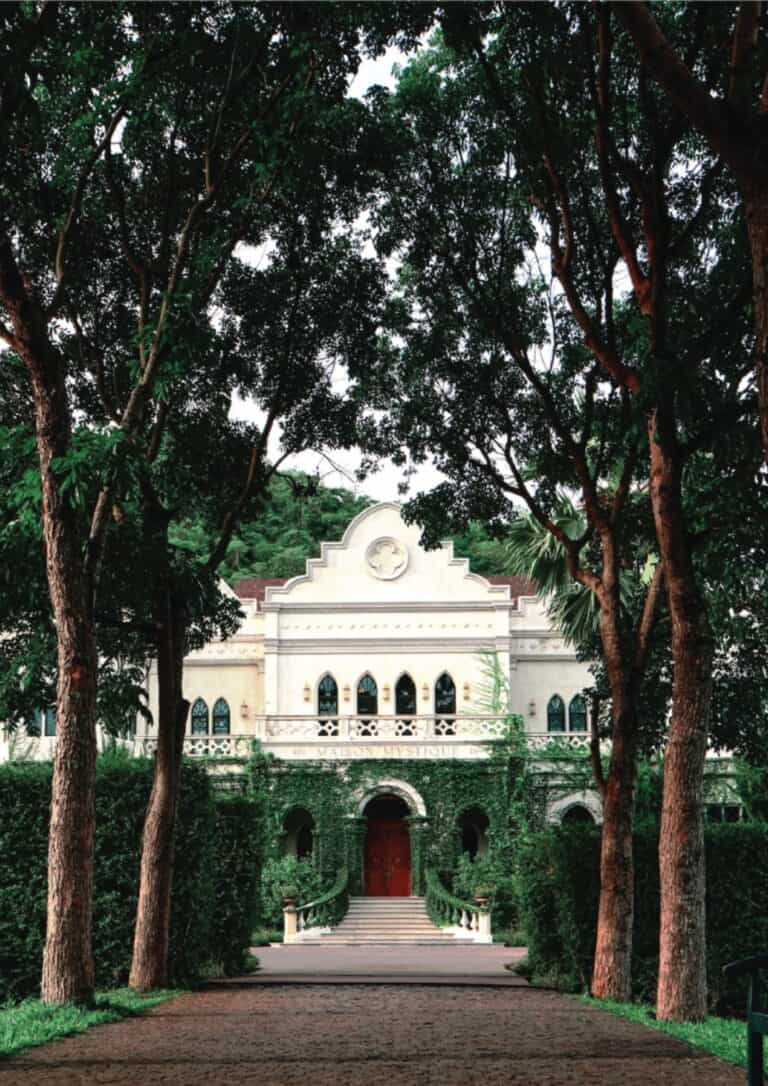
AFTER PARTY: NIGHTCLUBS LOST IN DAYLIGHT
Marie Loire Moulin
AFTER PARTY: NIGHTCLUBS LOST IN DAYLIGHT. A photographic journey into French nightclub facades by photographer François Prost. After Party opens with a twist: Cinderella is already home, barefoot, the spell broken. So what remains? The clubs. Captured in the stark glare of daylight, François Prost’s photographs strip French discotheques of their nocturnal shimmer. Indeed, gone are the flashing lights and flirtatious fog. What’s left is brutal architecture, faded signs, and suburban voids, a visual hangover from nights of adolescent euphoria. Born in 2011, the project spans over 200 facades across rural and peri-urban France. These places still operate. However, seen under the sun, they betray the fantasy. In fact, Prost invites us to reconsider the spaces we once thought magical. Ultimately, his work reframes nightlife as both spectacle and artifact.
FRANÇOIS PROST: THE DISCO DREAM IN RUINS
Nightclubs have long symbolized escape. For youth, they’re sacred sites of transformation, of selves, of moods, of desire. But Prost confronts us with their reality: squat boxes nestled between beet fields and industrial zones. The myth evaporates. As he frames these facades in broad daylight, the lens becomes surgical. The kitsch, once masked by darkness, is now exposed. Themes repeat: Roman columns, Egyptian motifs, faux-Versailles gates. Each club promises a journey, though none actually move. Their façades offer a theater of seduction, performative, hyper-stylized, and deeply regional. Yet, these decorative codes, now dated, speak of a specific social imagination. Prost honors them without irony.
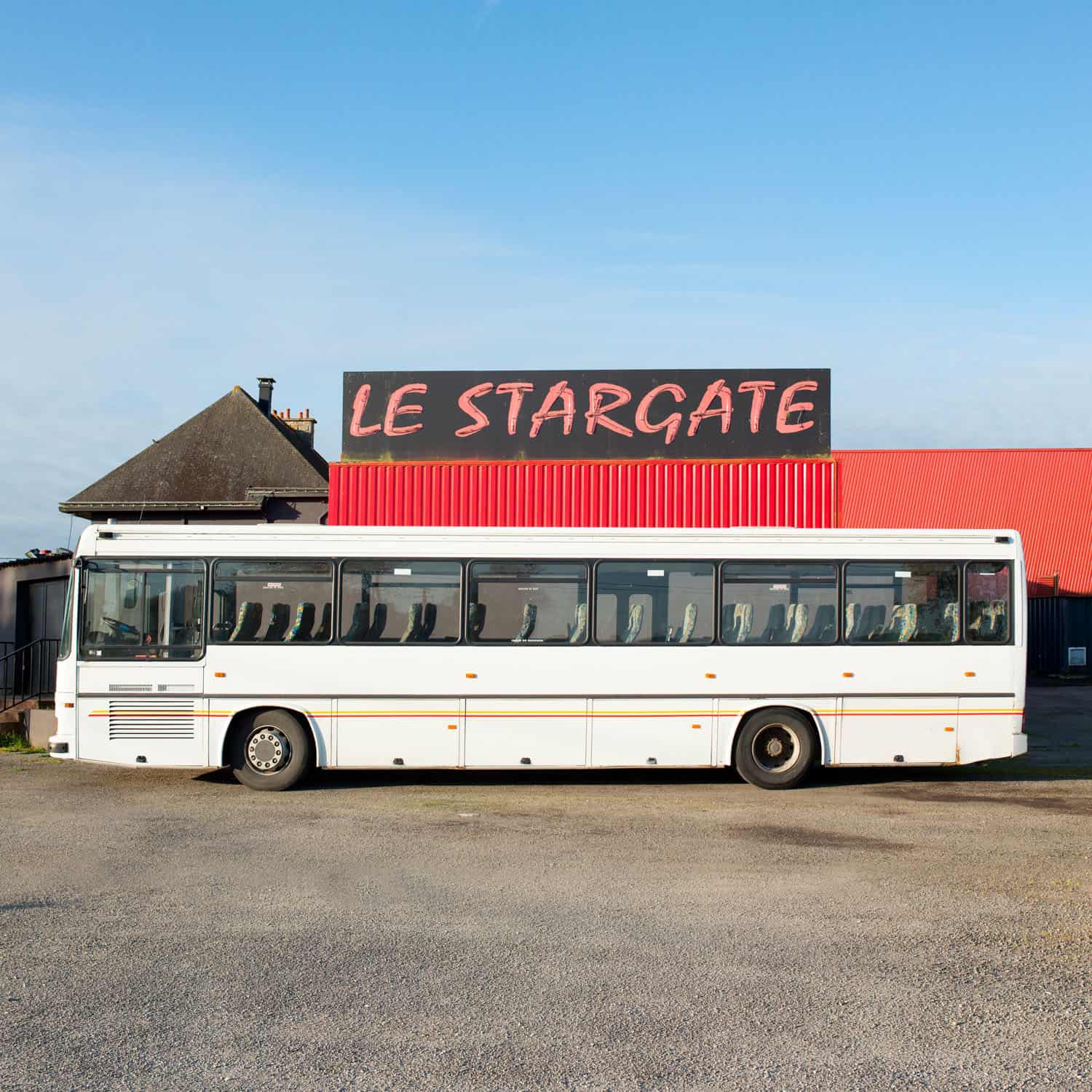
AFTER PARTY: FRANCE’S FANTASY SPACES, REVEALED
Rural rave dreams. These aren’t Parisian haunts. Prost’s map reads like a topography of forgotten pleasure: Saintes, Rodez, Falaise, Berck. Indeed, dance culture unfolds far from glossy capitals. These clubs offered identity, community, and sometimes, escape. They still do. Nevertheless, in the daylight, they also reveal the precarity of nightlife culture outside urban centers. There’s humor, yes. Moreover, there’s mourning. After Party doesn’t mock these spaces. Instead, it archives them. As closures multiply, Prost’s book becomes a time capsule. Consequently, his lens, neutral yet tender, captures the fragility of spaces built on fantasy.
AFTER PARTY: PHOTOBOOK AS TIME MACHINE
After Party, Edition Two. First published in 2018 and sold out by 2019, After Party now returns in a new edition. Notably, the book includes 208 pages, fresh photos, and a tactile finish: imitation leather, yellow foil, and the decadent charm of a collector’s relic. As a result, Headbangers Publishing keeps the print run tight, only 750 copies. Furthermore, the reissue confirms the project’s cult status within contemporary photo publishing.
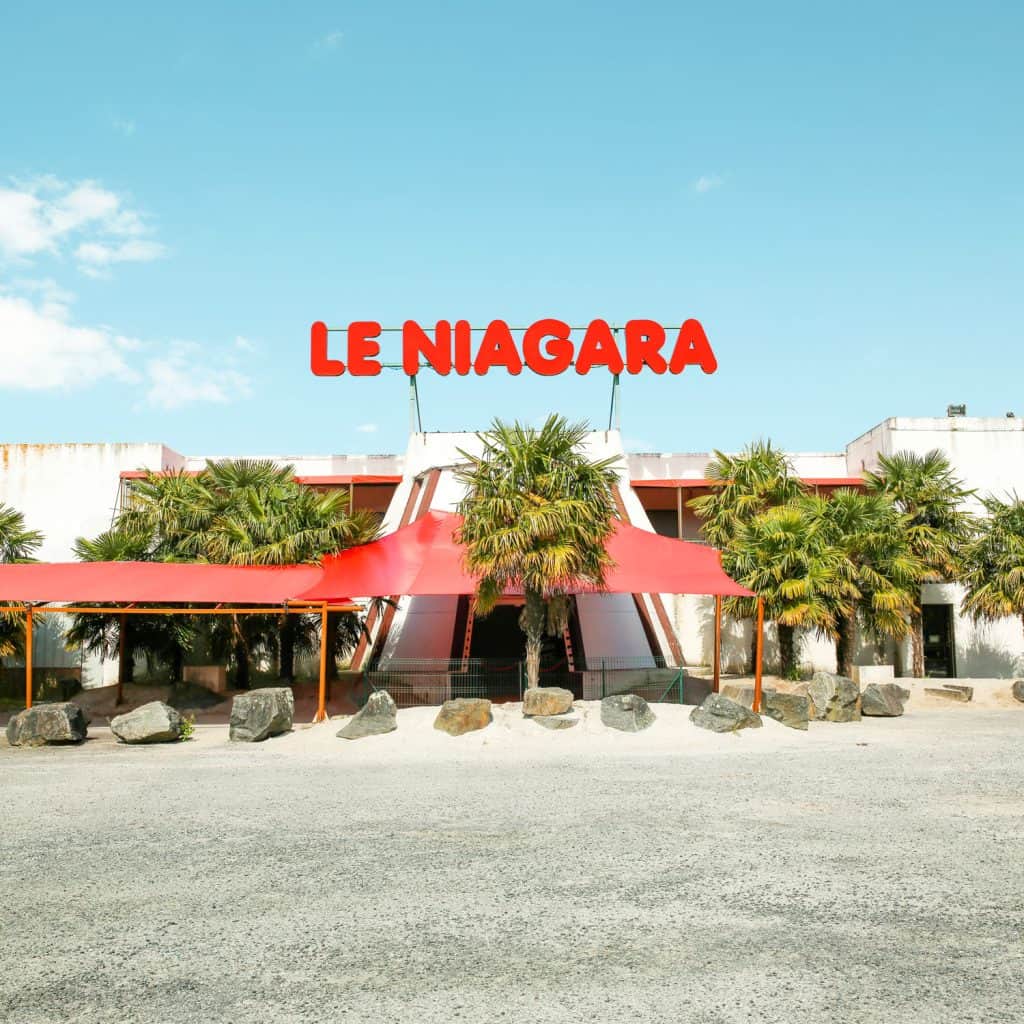
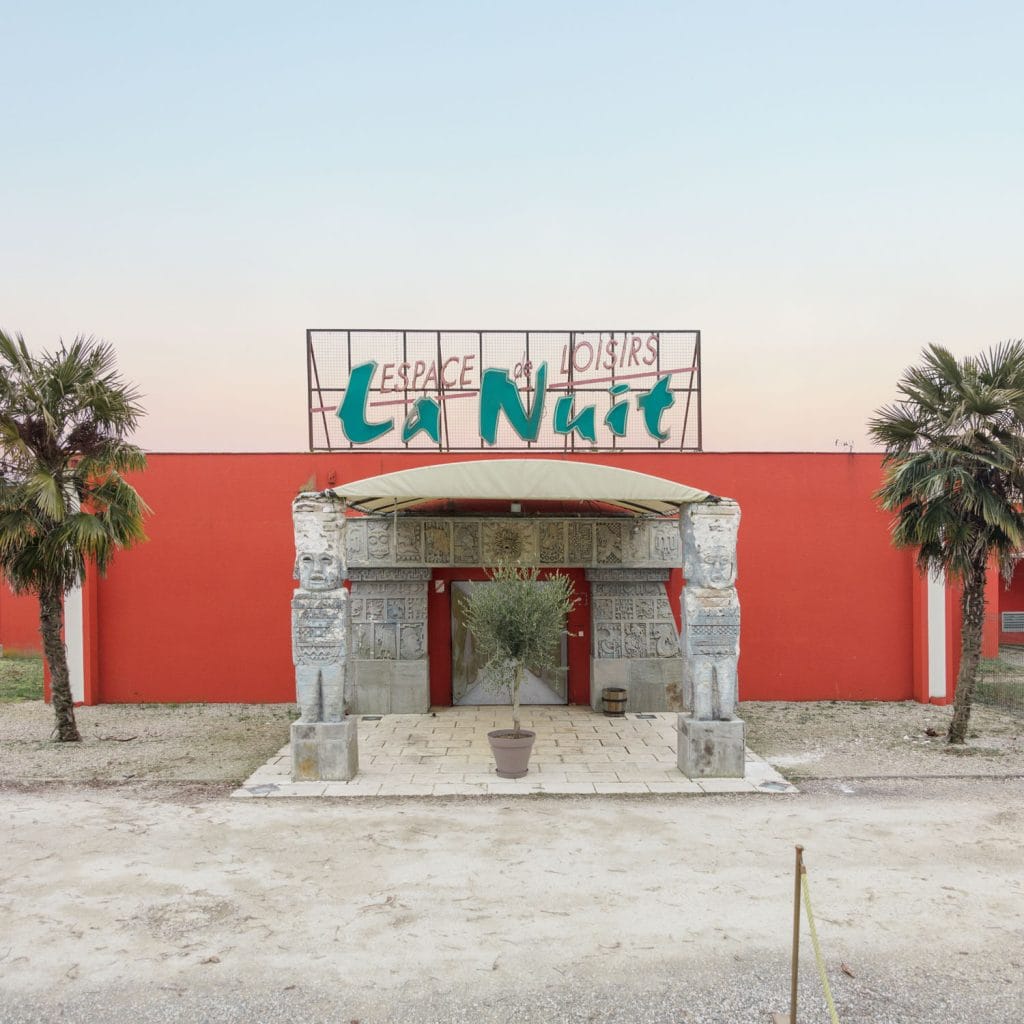
L’Aquarius and Le Bug’, surreal snapshots of rural nightlife stripped of illusion. © Courtesy François Prost
FRANÇOIS PROST’S OBSESSIONS
Strip clubs, Chinese copies, and simulated cities. Prost’s eye gravitates toward the unreal. Beyond After Party, he’s chronicled American strip clubs (Gentlemen’s Club), gun shops, and Chinese replicas of European towns (Paris China). Each series probes the architecture of illusion. What do we build when we want to feel elsewhere? Prost’s aesthetic is deceptively simple. Frontal shots. Flat light. No people. But behind the visual calm lies a provocation: are these fantasies still working? Do we still need them? Or have they become monuments to a desire we no longer recognize?
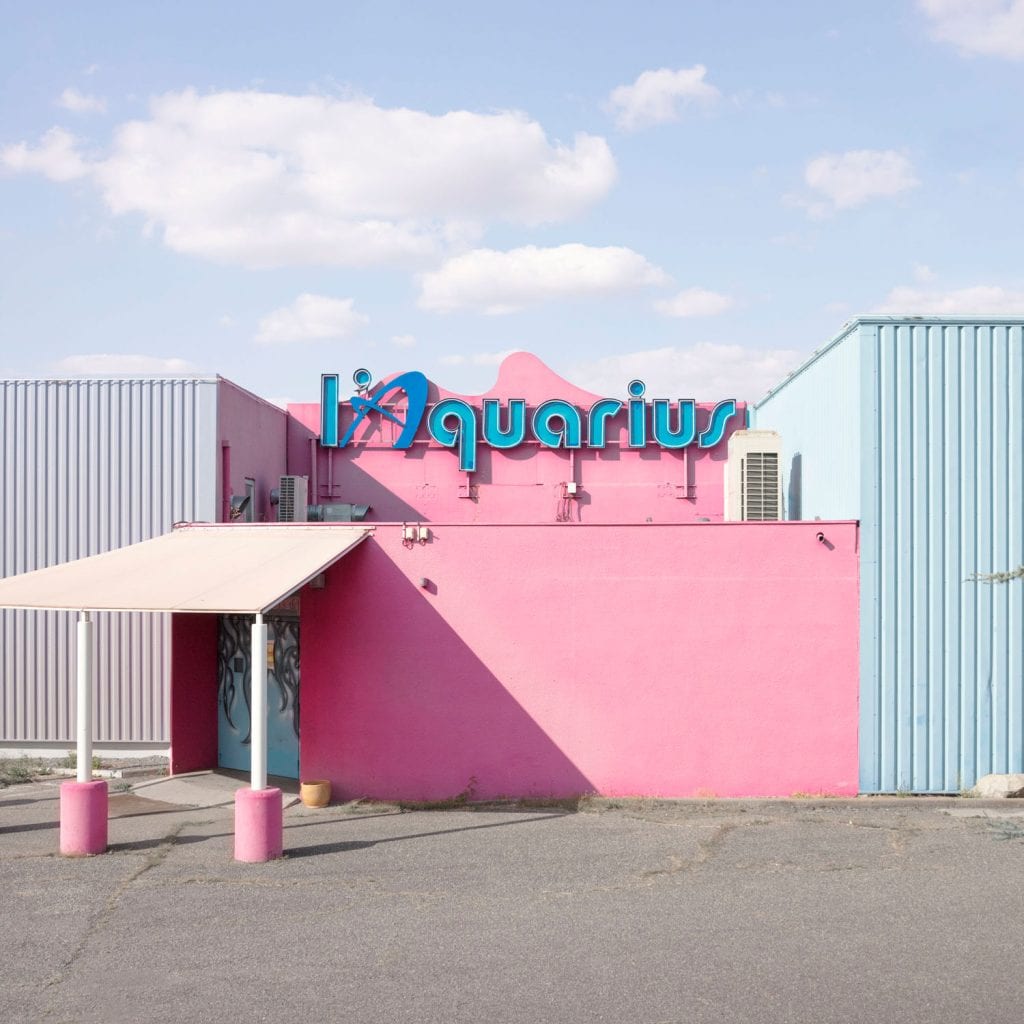
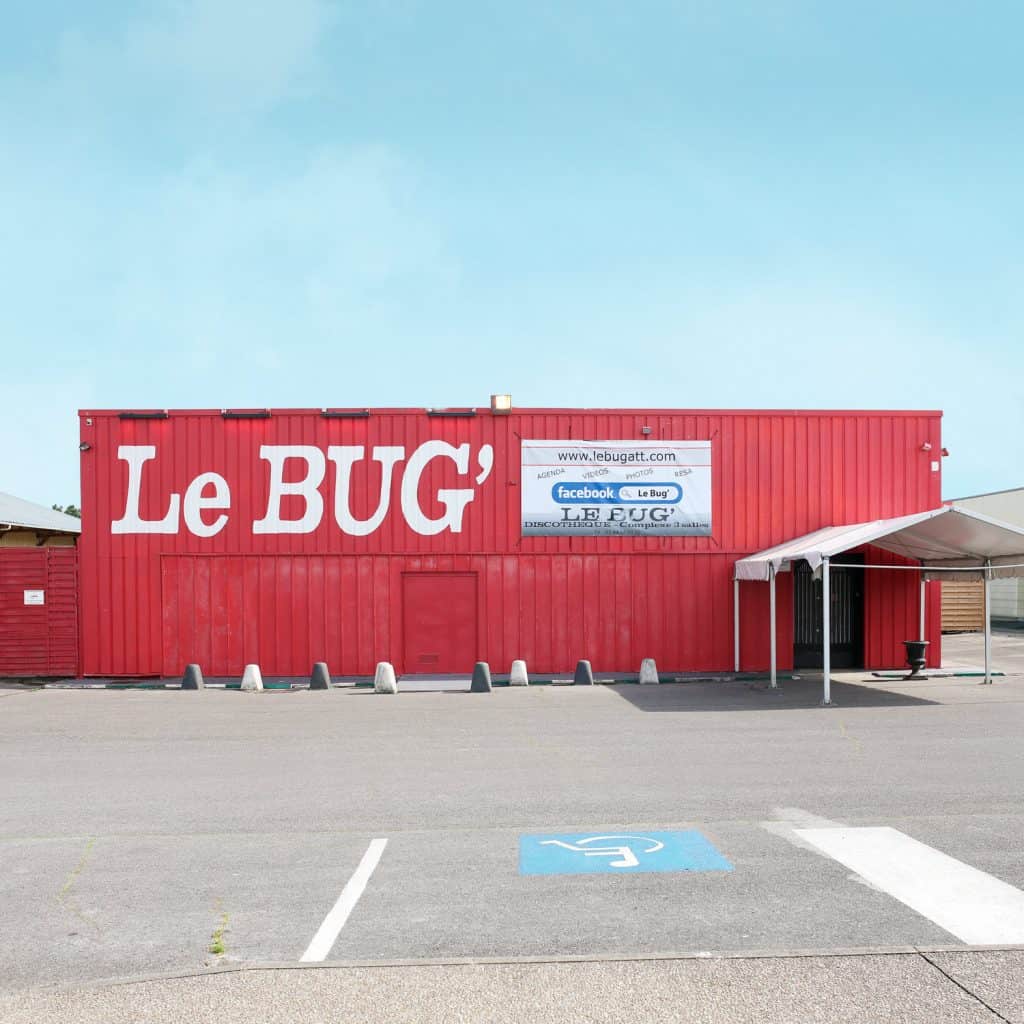
Le Bug’ and L’Aquarius, pastel dreams and container fantasies laid bare under daylight, nightlife architecture caught between irony and nostalgia. © François Prost
AFTER PARTY: CULTURE NEEDS ITS RUINS
French nightclubs at noon are surreal, clearly, and that’s the point. After Party is a love letter to the ephemeral, the provincial, the performative. Prost doesn’t just take photos. Instead, he builds an archive of cultural disappearance. In contrast to a world obsessed with glow-ups, Prost prefers the come-down. Ultimately, in that quiet aftermath, we find something real.
Did you enjoy AFTER PARTY: NIGHTCLUBS LOST IN DAYLIGHT? Discover our article ROOTS HOLD WHAT HISTORY LEFT BEHIND
Share this post
Marie Loire Moulin approaches fashion as an immersive language—one that expresses identity, character, and cultural influence. Echoing Jean Cocteau’s observation that “Fashion is what goes out of fashion,” Moulin embraces the paradox at the heart of her craft. For her, fashion is a living, breathing art form—constantly deconstructed, reimagined, and reshaped in response to the world around it.
What fuels Marie Loire’s creativity is the ability to blend worlds—to explore the intersections of fashion, technology, history, and art. She is inspired by how these disciplines collide to generate experiences that are not only visually compelling, but also deeply purposeful.
Moulin is particularly drawn to artistic expressions that serve as bridges—linking cultures, fusing tradition with innovation. Sustainability, for her, is not a buzzword but a foundation. She sees it as a long-term commitment to thoughtful creation, not a passing aesthetic.
As a stylist working with actors on film sets, Marie Loire thrives on transforming a director’s vision into living, breathing characters. Through wardrobe and silhouette, she builds atmospheres that tell stories—stories of emotion, intention, and presence.
Her creative drive extends into virtual reality and immersive art, where she explores how emerging technologies can shift perception and spark connection across cultural boundaries. For Moulin, the digital realm is just another canvas—one that, when used with care, has the potential to resonate as powerfully as the physical world.
Whether on set or in virtual space, Marie Loire seeks originality and depth. Her work is marked by richly layered references, a reverence for detail, and a belief that fashion—at its best—can speak not just to the eye, but to the mind.
Read Next


